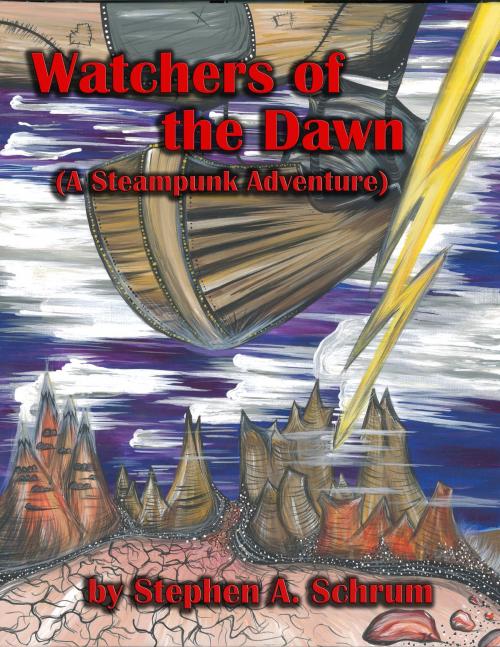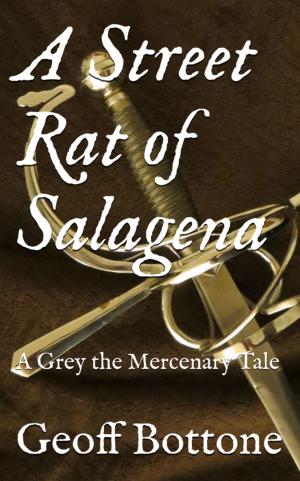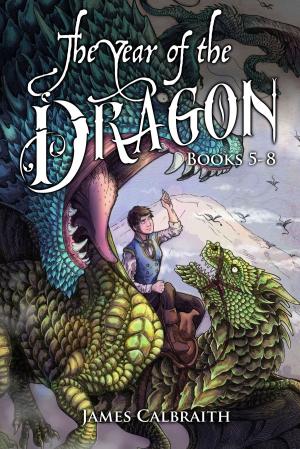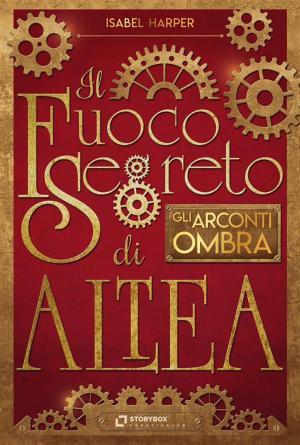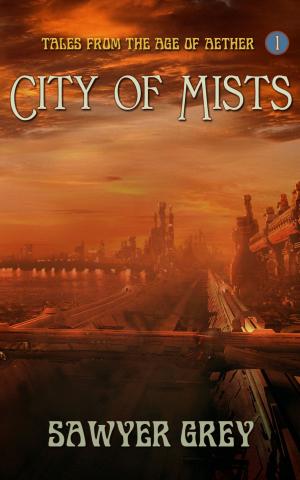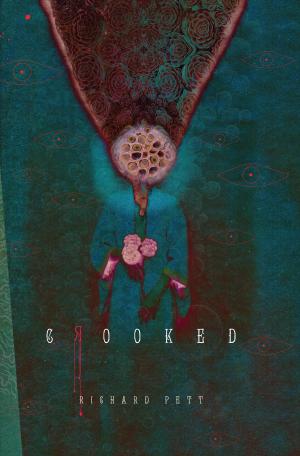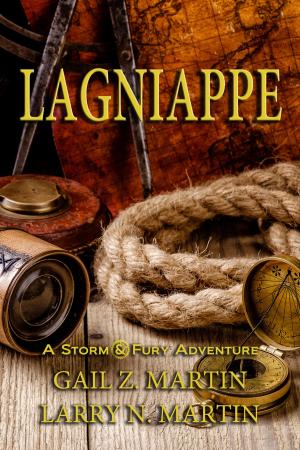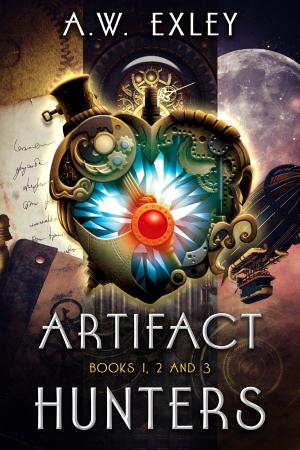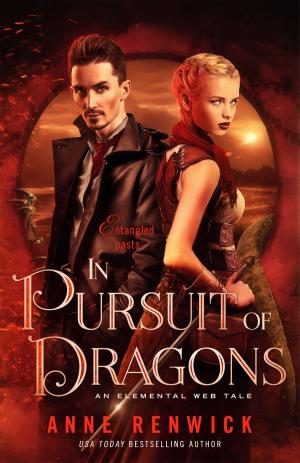| Author: | Stephen Schrum | ISBN: | 9781310321948 |
| Publisher: | Stephen Schrum | Publication: | January 1, 2015 |
| Imprint: | Smashwords Edition | Language: | English |
| Author: | Stephen Schrum |
| ISBN: | 9781310321948 |
| Publisher: | Stephen Schrum |
| Publication: | January 1, 2015 |
| Imprint: | Smashwords Edition |
| Language: | English |
In March of 1885 Aemelja Umber travels to New Mexico in her airship; there she expects to find the First Vampyre, who has created a legion of followers, some of whom killed her parents and destroyed her hometown. To her surprise, she instead finds Stephano Alchimi, a Renaissance alchemist made immortal when he discovered the Philosopher’s Stone. In the intervening centuries, he has discovered the ultimate source of evil in the world—negative vibrations from another plane entering the Earth through a rift at the planet’s core. He and his companions, who make up the Vigilum Aurorae (the Watchers of the Dawn), endeavor to create a Homunculus that will channel the energies needed to seal the rift. To do so, they travel to retrieve a series of artifacts, and in so doing reveal much about their world and themselves.
Schrum says, “I’m very proud of several aspects of this novel. One is that, in spite of their base’s location in the Old West, there are no rampant shoot-outs with firearms; the group uses other devices (only some steam-powered) and their wits when battling with their enemies. Another is the incorporation of historical personages and real locations; Steampunk allows us to write alternate histories, and Watchers of the Dawn takes full advantage of this feature. Finally, there is a real sense of co-operation among religions—members of various belief systems work together for the good of the Earth’s population.”
While the novel assumes some of the obvious trappings of the Steampunk universe, it possesses some intriguing original material. For example, the story of how the First Vampyre came to be cursed has not been seen before—and how it involves the Crucifixion and a dark perversion of the blood of Christ may be surprising.
This novel version also serves as the background “manual,” a reference work to be used to convert the text into a graphic novel format (forthcoming). And, while the novel is quite detailed, it leaves the world open for further interpretation and creation. Those interested in adding to the world with their own stories (fan fiction?) will find a wealth of opportunity in many time periods.
In March of 1885 Aemelja Umber travels to New Mexico in her airship; there she expects to find the First Vampyre, who has created a legion of followers, some of whom killed her parents and destroyed her hometown. To her surprise, she instead finds Stephano Alchimi, a Renaissance alchemist made immortal when he discovered the Philosopher’s Stone. In the intervening centuries, he has discovered the ultimate source of evil in the world—negative vibrations from another plane entering the Earth through a rift at the planet’s core. He and his companions, who make up the Vigilum Aurorae (the Watchers of the Dawn), endeavor to create a Homunculus that will channel the energies needed to seal the rift. To do so, they travel to retrieve a series of artifacts, and in so doing reveal much about their world and themselves.
Schrum says, “I’m very proud of several aspects of this novel. One is that, in spite of their base’s location in the Old West, there are no rampant shoot-outs with firearms; the group uses other devices (only some steam-powered) and their wits when battling with their enemies. Another is the incorporation of historical personages and real locations; Steampunk allows us to write alternate histories, and Watchers of the Dawn takes full advantage of this feature. Finally, there is a real sense of co-operation among religions—members of various belief systems work together for the good of the Earth’s population.”
While the novel assumes some of the obvious trappings of the Steampunk universe, it possesses some intriguing original material. For example, the story of how the First Vampyre came to be cursed has not been seen before—and how it involves the Crucifixion and a dark perversion of the blood of Christ may be surprising.
This novel version also serves as the background “manual,” a reference work to be used to convert the text into a graphic novel format (forthcoming). And, while the novel is quite detailed, it leaves the world open for further interpretation and creation. Those interested in adding to the world with their own stories (fan fiction?) will find a wealth of opportunity in many time periods.
